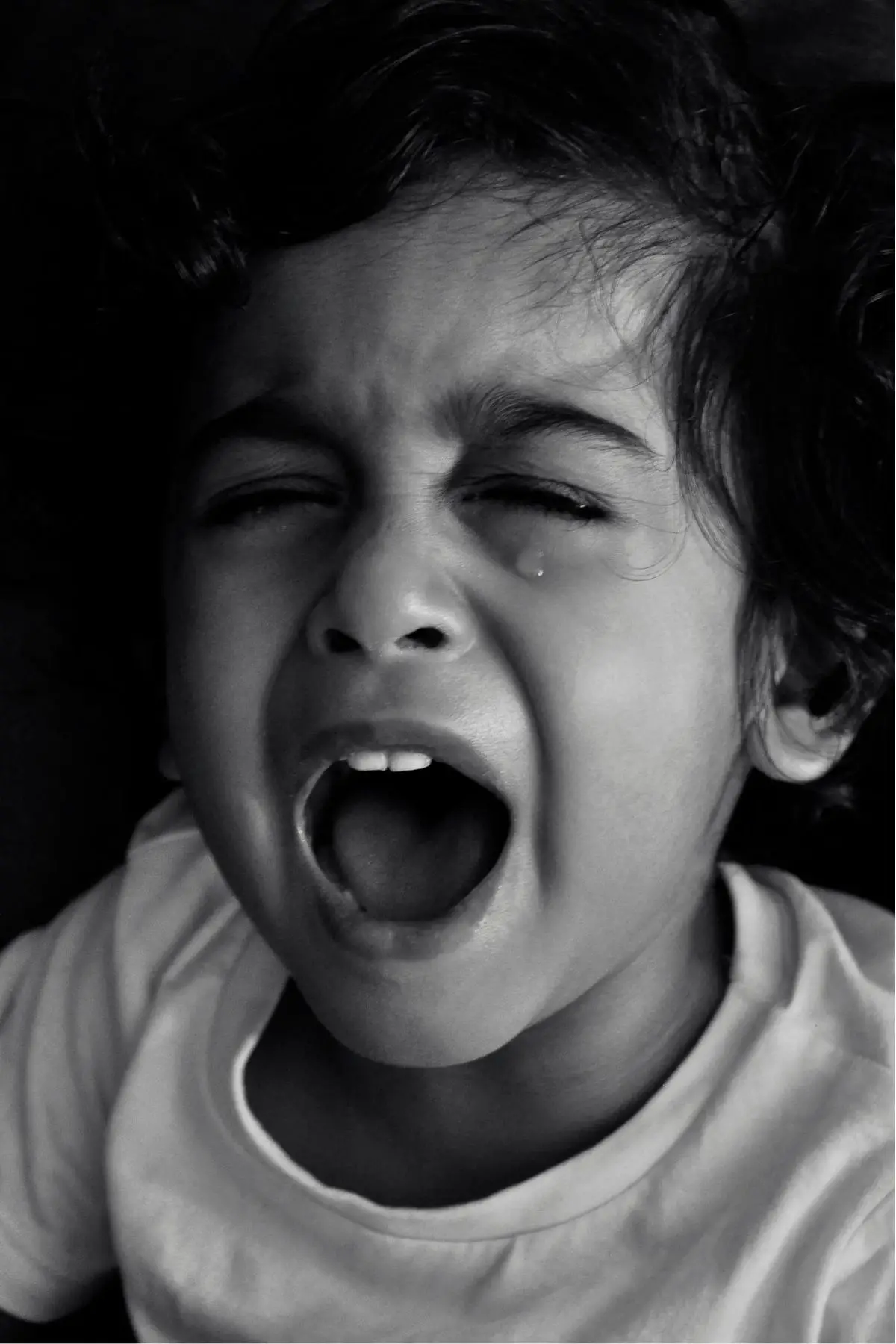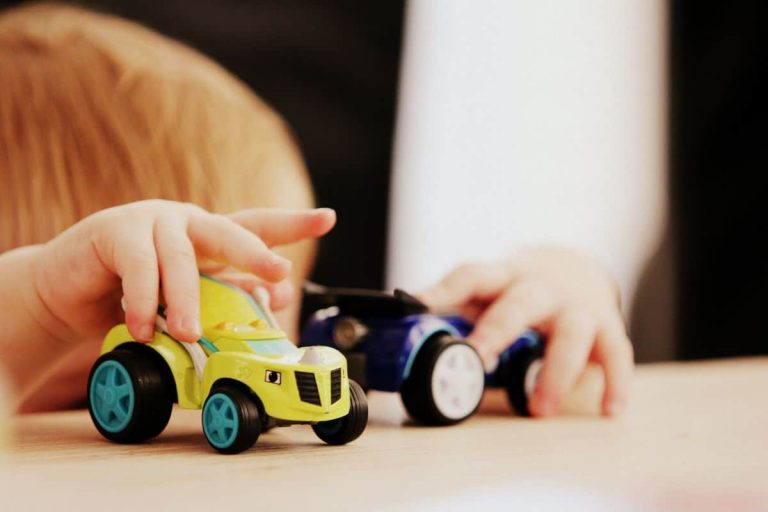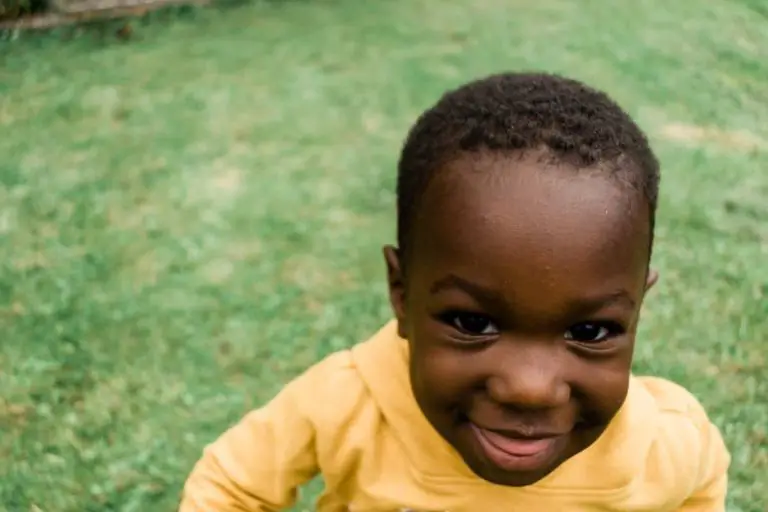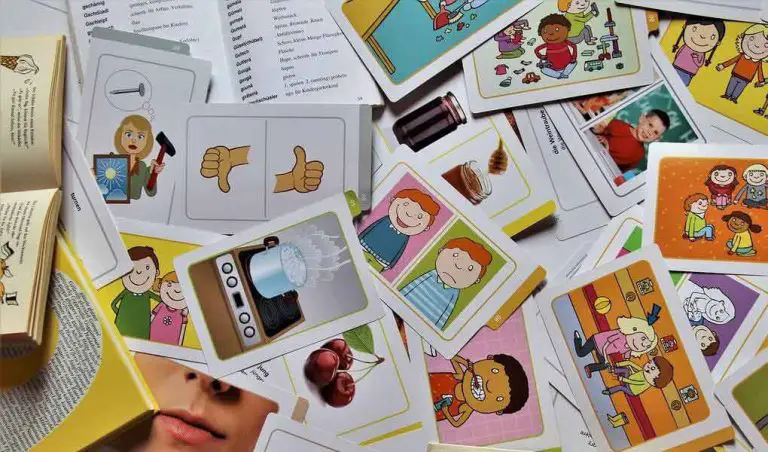What Are The Teething Symptoms For Toddlers’ Molars? Everything You Need To Know!
Is your toddler teething with molars? Have no fear! Here are tips, tricks, and more to help you help your toddler through this tough time.
Many toddlers are lucky enough to not have any pain while teething with molars. Some toddlers aren’t as lucky. Here’s everything you need to know about toddlers teething with molars!
Note: This post may contain affiliate links, which means if you buy from my link I might make a small commission. This does not affect the price you pay. See the full affiliate disclosure here.
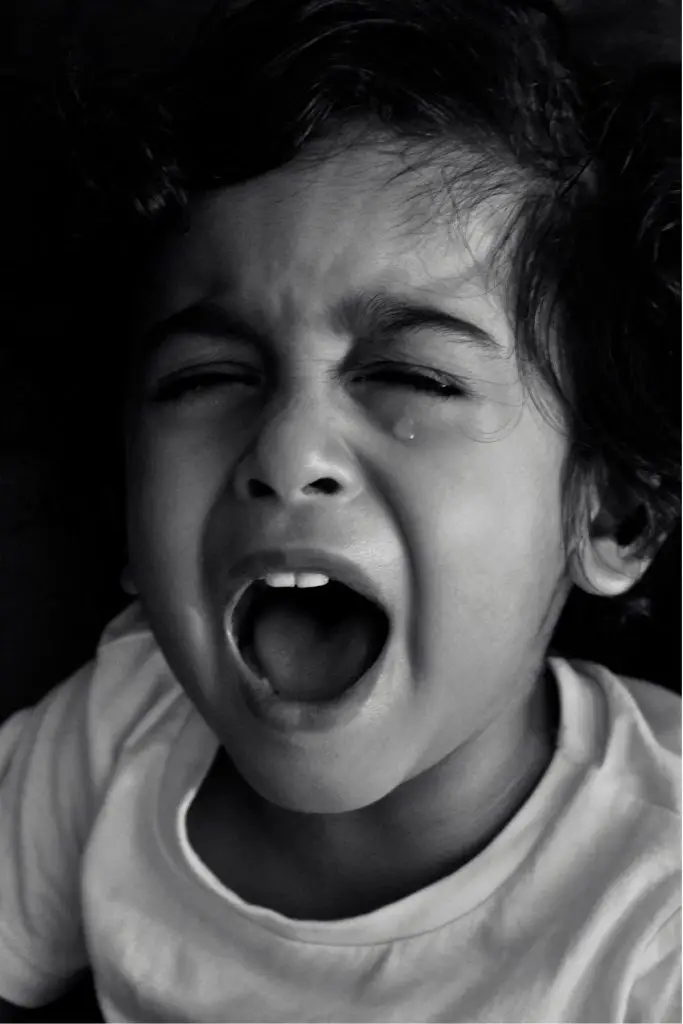
What Is Teething?
Teething is when your baby has a tooth, or teeth, come in. The process is called teething.
Teething usually starts around four to eight months. Babies first get their lower front teeth. They keep getting teeth until they’re between 30-36 months old. By the time they’re three years old, a full set of baby teeth, or primary teeth or milk teeth, will be there.
They get their molars last between 23 and 33 months. Their top molars come in between 13 and 19 months. Their lower molars usually come in around 14-18 months.
Babies’ first teeth coming in and getting their molars are usually the two most painful parts of teething for them.
Teething Symptoms
Here are some signs of teething and common symptoms your child might have.
- Waking up at night
- Being fussy and irritable
- Swelling or inflamed gums
- Chewing on toys, clothing, or fingers
- Not having an appetite
- More moody than they are normally
- Drooling
- Rash by their mouth
- Runny nose
- Headaches
- Low grade fever or mild temperature
- Sensitive gums: gum rubbing or cheek rubbing
- Ear pulling. Ear rubbing could also be from an ear infection, so be aware of that.
These symptoms usually last up to 8 days anytime they get a new tooth. They can be confused with cold symptoms.
Teething symptoms may be worse at night. That’s because your child will be tired and there aren’t many distractions from the pain.
What You Can Do To Help Them
Here are a bunch of things you can do to help your child’s teething.
- Offer them lots of fun activities to do to keep them distracted. You can color, build towers, play with blocks, sing songs, go for a walk, watch shows, dance, play make believe, and anything other fun thing you can think of.
- Keep your child’s mouth clean and dry. They might have extra saliva from teething. Use a cream, moisturizer, topical medicine, or drool bid if you’d like.
- Make sure they’re drinking plenty of cold water and liquids.
- Cuddle with them and enjoy all the snuggles! Comforting them will help them feel better.
- Rub their sore gums with a clean finger when they’re clean.
- Give them cold things to chew on like a frozen wet rag or wet washcloth.
- Give them teething toys or a teething ring. Teething toys are mainly used for front teeth and not molars. Your toddler might still like to chew on them though.
- Many people like to rub a backwards cold spoon on their gums. Don’t let your child chew on it if you decide to try this though.
- Give them cold things to suck on. Solid foods like popsicles and frozen fruit can really help.
- Crunchy and hard foods can help give them relief. You could try frozen fruit or vegetables. Watch them because they could become a choking hazard!
- Maintain your child’s normal routine as much as possible. This will help them know what to expect.
- You can give them some pain relievers. Tylenol or Motrin are the two main types. Don’t give any to infants. Only give them medicine for a day or two. If they need more pain relief, contact their pediatrician first.
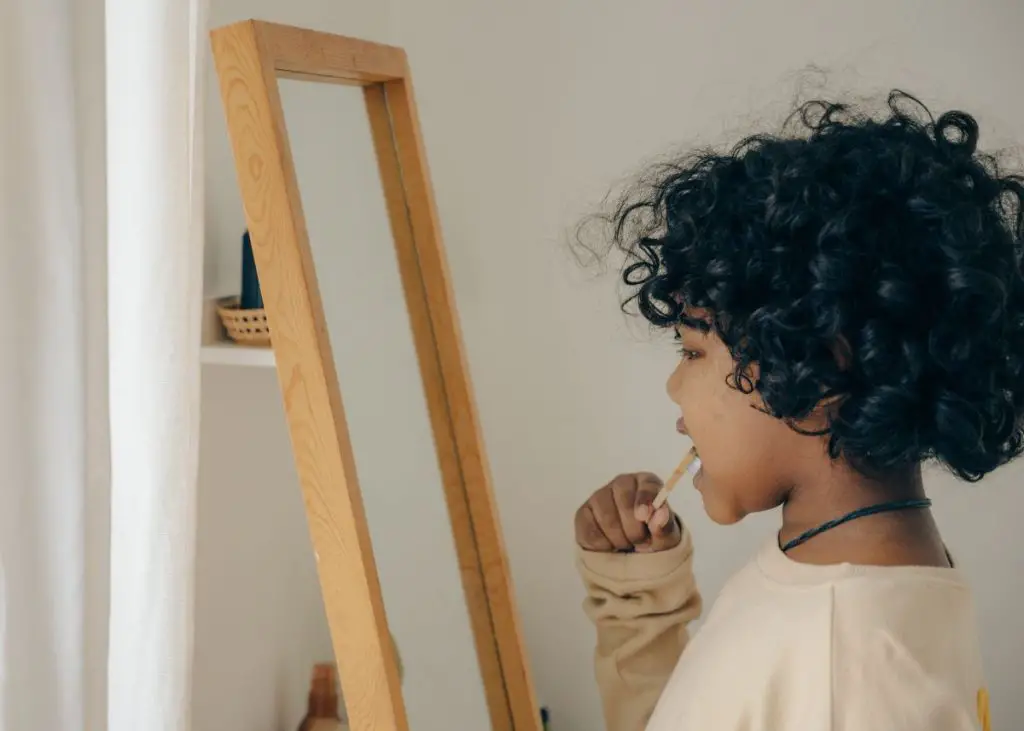
Important Things To Remember
Here are some important things to remember about molar teething.
- Their molars may come in one at a time. They might be more painful because they are bigger than their other teeth.
- Children should not be given anything that contains benzocaine. It can be found in teething gel. It can cause methemoglobinemia. That reduces the oxygen in the bloodstream to extremely low levels. Seek medical care if you have any concerns.
- Your child could start grinding their teeth during teething. Most children stop this by the time they’re six years old. Grinding doesn’t result in any damage if that happens. If they’re older than six and still grinding their teeth, talk to their dentist.
- If your child has a high fever of 101 or higher, that won’t be related to teething. Call your pediatrician. Only mild fevers come with teething. I have a whole post here about how to help your child if they have a fever. I have another post about alternating fever reducing medicine if you’d like to try that.
- If your child is cranky for a long time while teething from molars, you could contact your pediatric dentist to make sure everything is alright.
- A high temperature, diarrhea or loose stools, and vomiting are not signs of teething. You should call your child’s doctor if they have those symptoms.
How To Take Care Of Molars
Take your child to the dentist to get good dental care at least from the time they get their first tooth. You don’t have to take them when they get their first molar unless you want to.
When the molar comes in, brush it gently with good fluoride toothpaste. They should only use a pea-sized amount of toothpaste. I wrote a whole post with TONS of information and tips to help brush toddlers’ teeth.
Cavities are more common around molars, so make sure to brush your baby’s teeth!

The Bottom Line
Most kids have no pain while teething, but some children do. It can be a frustrating time.
The pain usually lasts around 8 days for each tooth coming in.
There are lots of things you can do to help a teething toddler feel better. Hang in there, and it will be over before you know it. And always, call your pediatrician or pediatric dentist if you have any concerns.
FAQs
Do toddlers get sick when molars come in?
Here are symptoms your child could have while teething: waking up at night, being fussy and irritable, swelling or inflamed gums, chewing on toys, clothing, or fingers, not having an appetite, more moody than they are normally, drooling, rash by their mouth, headaches, low grade fever or mild temperature, and gum and ear rubbing.
How long does it take for 2 year molars to break through?
It usually takes about 8 days for 2 year old molars to break through.
How long do teething symptoms last for molars?
Teething symptoms usually last around 8 days for molars.
How long do molars take to come in for toddlers?
It usually takes around 8 days for molars to come in for toddlers.
Final Thoughts On Toddlers’ Teething Symptoms:
I hope you like this post about teething children as much as I do! Let me know what you think in the comments.

